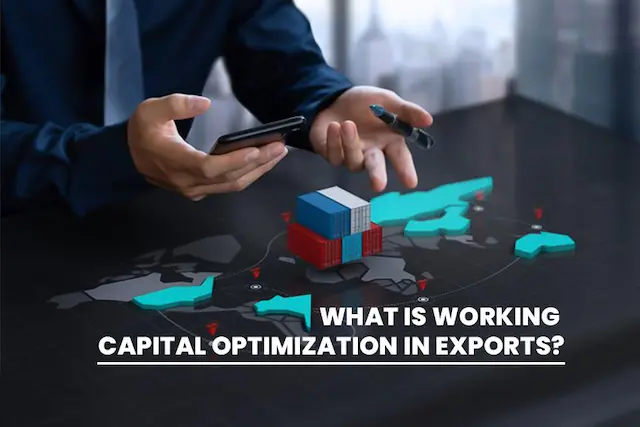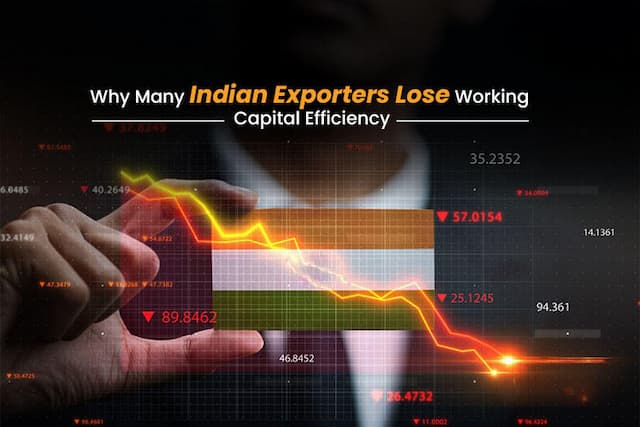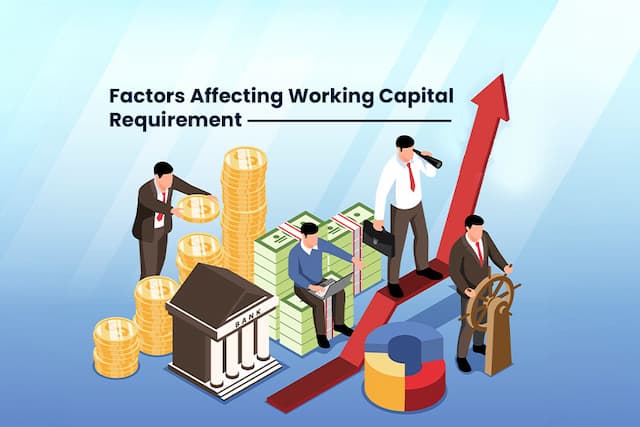Working capital is the heartbeat of any business. It facilitates goods and services in and out of the premises on a day-to-day basis; it allows vendors and contractors to make payments on time; and everything keeps moving. However, it might come as a surprise to know that there also exist various working capitals, which work for different purposes inside your business. Knowing these allows you to manage finances better and participate in establishing a long-term, viable foundation.
What Is Working Capital?
Before going into the types of working capital, let us define what working capital is. It is the difference between a company’s current assets and liabilities. In summary, it shows whether a business can settle its short-term obligations with its available short-term resources.
Good working capital management assures the availability of the resources that the business needs in the short term without incurring cash flow difficulties.
- Gross Working Capital
The total value of current assets is known as gross working capital. It includes cash, inventory, receivables, and temporary investments, but it does not include current liabilities; in simpler terms, all the money and value that one can access basically in the short run.
For example, if your company has receivables of ₹10 lakhs and inventory of ₹5 lakhs, your gross working capital will therefore be worth 15 lakhs.
- Net Working Capital
Net working capital is calculated by deducting operating current obligations from current assets. This gives you a more accurate view of your company’s financial situation. Anything positive is a sign of stability, while negative means trouble in meeting short-term obligations.
If ₹20 lakhs are the current assets and ₹14 lakhs are the current liabilities, the net working capital would be ₹6 lakhs, sufficient for the continuity of business operations.
- Permanent Working Capital
The amount of money required to run a firm for a whole year, regardless of demand or season, is known as permanent working capital, or fixed working capital. It meets the bare essential costs to keep the company serviceable.
You can think of it as the financial backbone of the business that is always working and seldom changing with the business cycles.
- Temporary Working Capital
Temporary working capital is an added amount of working capital needed by business firms for peak periods, like festive seasons or unexpected large orders. These temporary amounts support short-term increases in demand, allowing businesses to meet them without draining their base resources.
For example, a textile manufacturer would need more working capital right before Diwali so that it can reasonably manage production and logistics on a high level.
- Regular Working Capital
Regular working capital is the funding required for the daily operations of a firm. These expenditures are recurring, requiring funds such as for office supplies, transportation, or small maintenance activities, and generally remain constant.
Regular working capital means you can maintain a balance that ensures even the tiniest parts of your operations run fine.
- Reserve Working Capital
Every business must be prepared for surprises, and so should make provisions for reserve working capital or a safety cushion of its own for unexpected expenditures, such as those incurred during machinery breakdowns, sudden raw materials price hikes, or other events of global interest that affect supply chains.
Thus, this capital is hardly utilised until needed in times of uncertainty.
Why Working Capital Is Important?
It’s not just about numbers – the importance of working capital lies in how it influences your ability to function. Adequate working capital empowers the business to avoid late payments, develop good relations with suppliers, and attract trust among investors.
In contrast to this scenario, improper working capital planning may lead to delays, missed opportunities, or debt traps.
- A Real-Life Illustration
Take an electronic wholesaler that normally keeps ₹30 lakhs in current assets. With the manufacturer’s unexpected delay, the current liabilities increase beyond the inflow, thereby squeezing liquidity. Hence, an awareness of working capital strain means the wholesaler could explore quick financing or slow down new order placements until stability returns.
Only with knowledge and comprehension of working capital dynamics can these judgments be made.
- Finding the Right Balance
An intelligent business keeps the balance between different types of working capital. Too much temporary working capital will leave inactive money, while too little will cause operational glitches. Similarly, too much reliance on permanent capital will tie down unnecessary cash.
Strategic financial planning is knowing when and where to put the various types during the diverse growth stages and market conditions.
- Types of Working Capital and Their Effect
Every type has a part to play. Daily expenses, peak season, and emergencies require a specific understanding that goes towards a responsive, agile financial system. This knowledge will matter even more when your business grows and explores new territories.
Conclusion
Mastering the various types of working capital applies not just to accountants and finance heads alone, but to all entrepreneurs intending to have a sustainable and resilient business. Once you determine the function of each type and how you need it, you will have smart decision-making as well as stronger business cash flow. Good working capital planning ensures you’re never caught off guard and always ready for growth.
It is a challenge to manage the working capital with the long cycle grace period for exports and the time lag for payment. Credlix comes into play at that exact moment. As an enhanced export financing instrument, Credlix brings faster payment processing, cash flow fluidity, credit, and GST compliance to businesses without requiring the usual collateral. From invoice discounting to supply chain financing, Credlix gives you control over how you fund your expansion through global markets.





